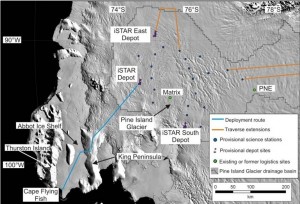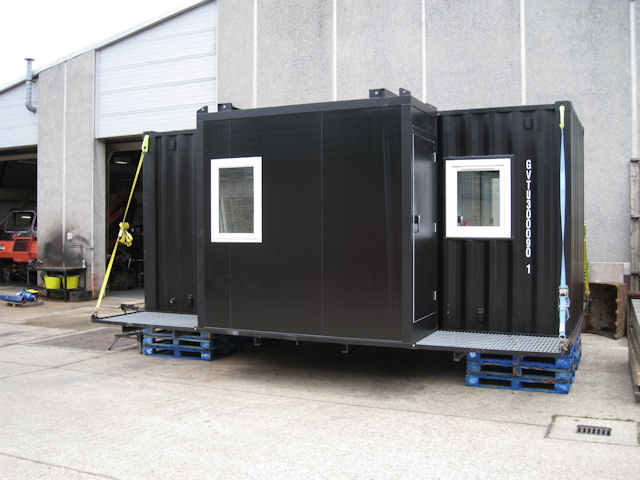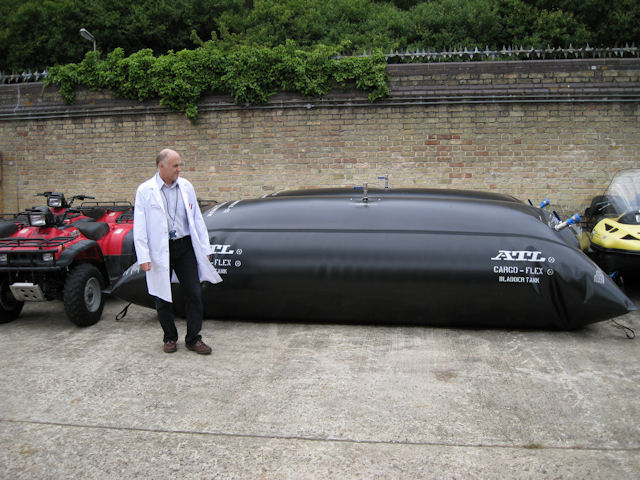Preparations are now well underway for next year’s field seasons, both for the ocean forcing and icesheet response components of iSTAR. On the ocean side, mooring components have been bought and manufactured, and we hope to have all of the iSTAR moorings deployed next February in collaboration with the Korea Polar Research Institute, from their ship, RV Araon.
It has also been a busy summer for the land-based side of the project. The land-based measurements will be done from a tractor train, travelling over Pine Island Glacier and its drainage basin, so the vehicles group has been busy preparing the equipment for this traverse. Two Kässbohrer PistenBully 300 Polar tractors, designated “Polar 1? and “Polar 2?, have been bought to tow the equipment, scientists, technicians, and of course fuel, around the glacier. These will be sent to Antarctica on board RRS Ernest Shackleton, departing the UK in early November, and will be tested during the annual resupply of Halley Station before being taken around the continent to the Amundsen Sea. Here they will be landed on Cape Flying Fish on the Abbott Ice Shelf and driven up to the first depot, where they will be left over the winter.
The accommodation for the intrepid vehicle engineers is a comfy 20-foot container that will be towed behind one of the tractors. This “accommodation caboose” has been fitted out with all mod cons, including a luxurious shower pod as well as seating, cooking, and sleeping areas. During the traverse, most people will be sleeping in tents, but the caboose should be a useful dining and social space – and refuge – during the journey.
Fuel transportation is a major issue in Antarctica; using airplanes to deliver fuel is possible, but in remote areas they need a lot of fuel themselves to get into the field and back again, reducing the useful amount that they can transport. So bringing the fuel in by sea and transporting it overland is ideal, and we have adapted a tested design from the US Antarctic Program, in which rubber fuel bladders are strapped to thick sheets of plastic, “poly sleds”, which are towed behind the tractors. Each bladder holds around 5700 litres, and four will be towed behind each tractor. An advantage of this system is also that the sleds can be folded and stowed away after the bladders are emptied.
At this stage, almost everything is ready to be sent south. In the next weeks, the vehicles and equipment will be sent to the ship, and will start their journey to Antarctica, where they are scheduled to arrive on Christmas Eve. On the ocean side, the science cruise is scheduled to leave Lyttelton, near Christchurch, New Zealand in mid-January, and will be in the Amundsen Sea during the month of February. We will post updates to this blog during the field season, so watch this space!




